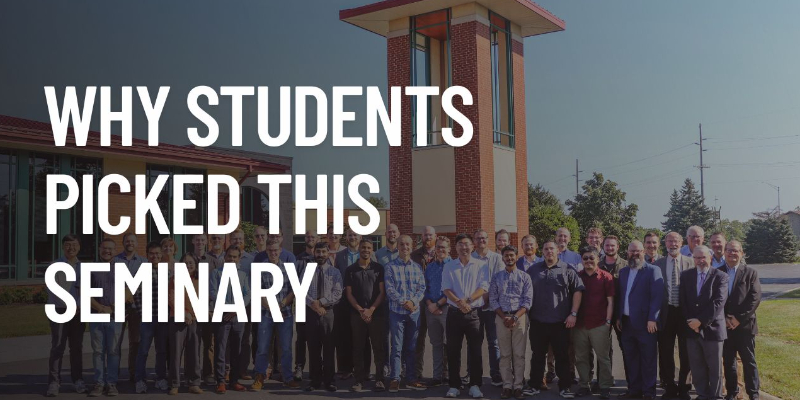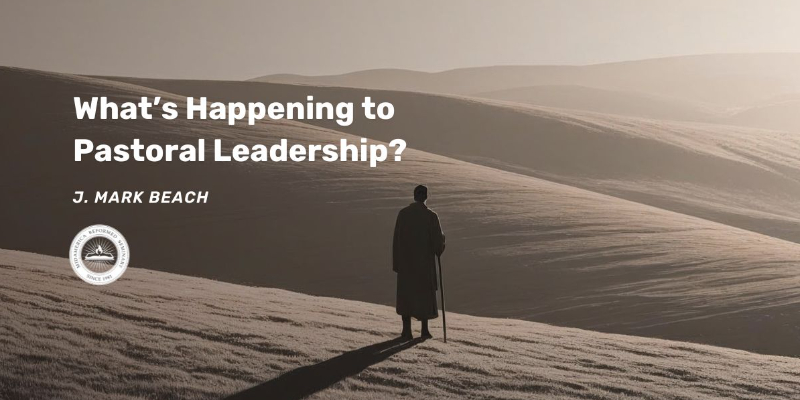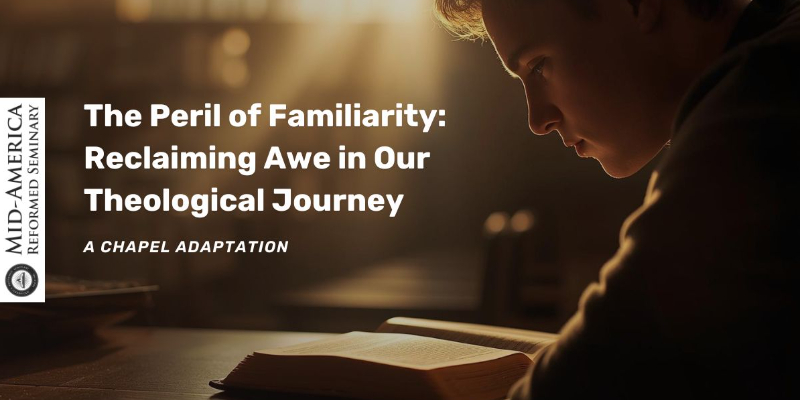
The Church Protected in the Wilderness by Her Triumphant King
“She gave birth to a male child, one who is to rule all the nations with a rod of iron, but her child was caught up to God and to His throne, and the woman fled into the wilderness, where she has a place prepared by God, in which she is to be nourished for 1,260 days.” Rev. 12:5-6 (ESV).
The vision recorded in Revelation 12:1-6 may seem an unlikely choice for a Christmas meditation. When we contemplate the great mystery of the incarnation, the Word become flesh, our minds typically run to pictures of a little child in a manger, shepherds watching their sheep by night, and a heavenly host singing “glory to God in the highest.” Seldom do we see a “woman clothed with the sun, with the moon under her feet, and on her head a crown of twelve stars” (verse 1). Nor does our mind conjure up visions of a “great red dragon, with seven heads and ten horns, and on his heads, seven diadems,” standing in the presence of a woman to devour her male child upon His birth (verses 3-4). And who would describe this child as the One “who is to rule all the nations with a rod of iron,” being “caught up to God and His throne” (verse 5)? What are we to make of this strange picture drama that unfolds before us in the opening verses of Revelation 12?
However, if we remember that the book of Revelation is filled with word pictures that symbolize the remarkable story of redemption recounted throughout the Scriptures, what John saw in this vision is not difficult to interpret. He sees that the birth of Christ, who was promised and nurtured in the womb of God’s chosen people Israel, marks a decisive moment in redemptive history. He was born to save His people, triumph over and crush the head of Satan and his counterfeit kingdom, and rule over all the nations, protecting and nourishing the church in the wilderness until He comes in ultimate triumph at the end of the present age.
To understand the vision of Revelation 12, we need to focus on three figures who play a principal role in the history of redemption: the woman, the dragon, and the woman’s child.
The woman whom John sees is clearly a picture of the mother of Christ. When we are told that her child “will rule the nations with a rod of iron,” it is evident that John echoes the language of Psalm 2:7-9: “You are My Son, today I have begotten You. Ask of Me, and I will make the nations as Your inheritance … You shall break them with a rod of iron.” But he also recalls the Old Testament teaching that God’s people, Mother Israel, will have her house filled with children whom her Husband-Redeemer will give to her (cf. Isa. 54:1-8). The description of the woman, who is “clothed with the sun, with the moon under her feet, and on her head a crown of twelve diadems” (verse 1), is reminiscent of the description of Israel’s twelve sons in Joseph’s dream (Gen. 37:9). The woman symbolizes the people of Israel, from whose womb is born the promised seed who will crush the head of the serpent and redeem His people (Gen. 3:15).
The dragon John sees is the great enemy of God’s people and her child, the Messiah. Later in chapter 12, the dragon is identified as “the serpent of old who is called the devil and Satan, who deceives the whole world” (verse 9; cf. Rev. 20:2). Though the dragon is the arch-enemy of God’s people and kingdom throughout redemptive history, his wisdom (“seven heads”), power (“ten horns”), and authority (“seven diadems”) are a counterfeit or pretense, when compared to the wisdom, power, and authority of God and His Christ. Accordingly, when the dragon seeks to devour the woman’s child upon His birth, the child is caught up to God and given a share in His throne or authority over the nations.
After seeing a vision of the woman, the dragon, and the woman’s child, John concludes with a picture of the church in the wilderness, protected and nourished for 1,260 days. Elsewhere in the book of Revelation, this period is also measured as “42 months” (11:2; 13:5) and “time, times, and half a time” (12:14). Just as Israel was protected and nourished in the wilderness before entering the promised land, so the church will be protected and nourished by God from the time of Christ’s ascension into heaven until His glorious coming for His blood-bought bride at the end of this present age.
The vision of Revelation 12:1-6 provides the church of Jesus Christ with a wonderful word of encouragement amid its present struggles and afflictions. It reminds us that the child whose birth we celebrate was born to deliver His people, to be a child and yet a King, to establish a kingdom of everlasting righteousness and peace that shall have no end (cf. “Come, Thou Long-expected Jesus”).

Dr. Cornelis Venema serves as the President of Mid-America Reformed Seminary and Professor of Doctrinal Studies.
Recent articles




